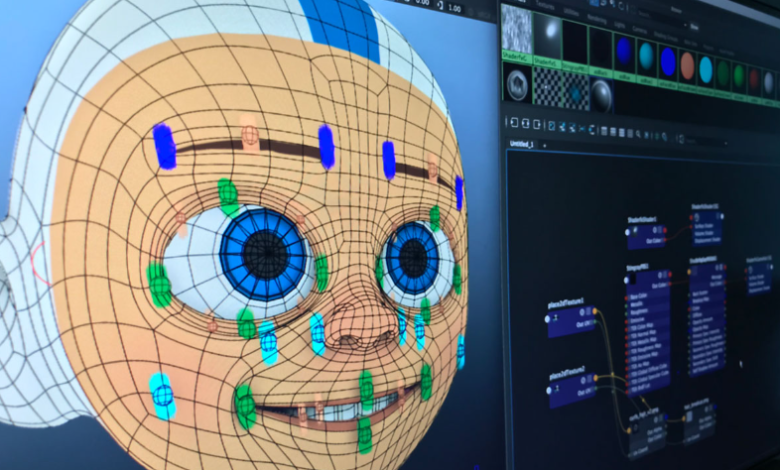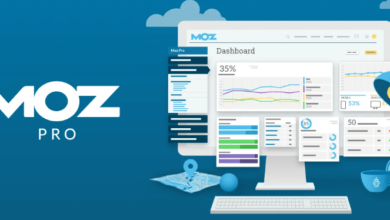Animate Free: Exploring the World of Free Animation Tools

Animation has become an integral part of modern communication, allowing creators to convey messages, tell stories, and captivate audiences in dynamic ways. In the past, animation was often associated with high costs and specialized skills, but thanks to advancements in technology, free animation tools have democratized the art form, making it accessible to anyone with a creative spark and a desire to bring their ideas to life.
Understanding Free Animation Tools
What are free animation tools?
Free animation tools are software applications or online platforms that enable users to create animated content without the need for significant financial investment. These tools come with a range of features and capabilities, allowing users to animate characters, objects, and scenes using various techniques such as 2D animation, 3D animation, stop motion, and more.
Importance of free animation tools
Free animation tools play a crucial role in empowering aspiring animators, students, educators, and businesses to unleash their creativity without being hindered by budget constraints. By offering access to powerful animation software at no cost, these tools democratize the creative process and foster innovation in the field of animation.
Top Free Animation Software
There are several free animation software options available, each with its own unique features and capabilities. Here are some of the top choices:
- Blender
- Blender is a versatile open-source 3D creation suite that supports the entire animation pipeline, including modeling, rigging, animation, simulation, rendering, compositing, and motion tracking.
- Pros: Powerful features, extensive community support, frequent updates.
- Cons: Steep learning curve for beginners.
- Pencil2D
- Pencil2D is a simple yet powerful 2D animation software that allows users to create traditional hand-drawn animations.
- Pros: Intuitive interface, lightweight, suitable for beginners.
- Cons: Limited features compared to more advanced software.
- Synfig Studio
- Synfig Studio is a free and open-source 2D animation software with support for vector graphics and bone-based animation.
- Pros: Vector-based workflow, advanced features for professional animators.
- Cons: Complex interface, may require some learning curve.
- Krita
- Krita is a free and open-source painting and animation software that offers powerful brush engines and animation tools.
- Pros: Extensive brush customization, suitable for both illustration and animation.
- Cons: Animation features are not as robust as dedicated animation software.
Read also: What is the history of polocrosse?
How to Choose the Right Free Animation Tool
When selecting a free animation tool, it’s essential to consider various factors to ensure that it meets your specific needs and preferences. Here are some tips for choosing the right tool:
- Define your goals: Determine the type of animations you want to create and the features you require.
- Consider your skill level: Choose a tool that matches your skill level, whether you’re a beginner or an experienced animator.
- Evaluate user interface: Look for software with an intuitive interface that aligns with your workflow preferences.
- Explore community and support: Consider the availability of tutorials, forums, and community support to help you learn and troubleshoot.
Getting Started with Animation
Basics of animation
Before diving into animation software, it’s essential to understand the fundamental principles of animation, such as timing, spacing, squash and stretch, and anticipation. These principles form the foundation of all animated movements and are essential for creating lifelike and compelling animations.
Step-by-step guide
- Choose your software: Select the animation software that best suits your needs and download/install it on your computer.
- Plan your animation: Sketch out your ideas and storyboard your animation to visualize the sequence of scenes.
- Create your assets: Design characters, objects, and backgrounds using the software’s drawing tools or import pre-made assets.
- Animate your scenes: Use keyframes and animation tools to bring your characters and objects to life, focusing on movement, timing, and expression.
- Add sound and effects: Enhance your animation with sound effects, music, and visual effects to create a more immersive experience.
- Preview and refine: Preview your animation to identify any areas that need improvement and make adjustments as needed.
- Export your animation: Once you’re satisfied with your animation, export it in your desired format and share it with your audience.
Advanced Animation Techniques
Tips for enhancing animations
- Experiment with different animation techniques, such as frame-by-frame animation, puppet animation, or motion capture.
- Pay attention to details like facial expressions, body language, and secondary motion to add realism to your animations.
- Use advanced features like rigging, inverse kinematics, and particle systems to create more complex and dynamic animations.
Advanced features of animation software
Many free animation tools offer advanced features that allow users to take their animations to the next level. These features may include:
- Physics simulations for realistic movement and interactions.
- Character rigging and animation tools for creating articulated characters.
- Motion capture support for capturing and importing real-world movements into your animations.
- Advanced rendering options for achieving high-quality visuals.
Utilizing Animation for Different Purposes
Animation has applications across various industries and fields, including:
- Marketing: Animated videos are effective for explaining products or services, engaging audiences on social media, and creating memorable advertising campaigns.
- Education: Animation can simplify complex concepts, make learning more engaging and interactive, and cater to diverse learning styles.
- Entertainment: Animated films, series, and games entertain audiences of all ages and provide a platform for storytelling and artistic expression.
Common Mistakes to Avoid in Animation
While animation can be a rewarding and creative process, it’s essential to be aware of common mistakes that can detract from the quality of your work. Some pitfalls to avoid include:
- Overcomplicating animations: Keep your animations clear and concise to avoid overwhelming your audience.
- Ignoring the principles of animation: Understanding and applying fundamental animation principles is crucial for creating believable and engaging animations.






